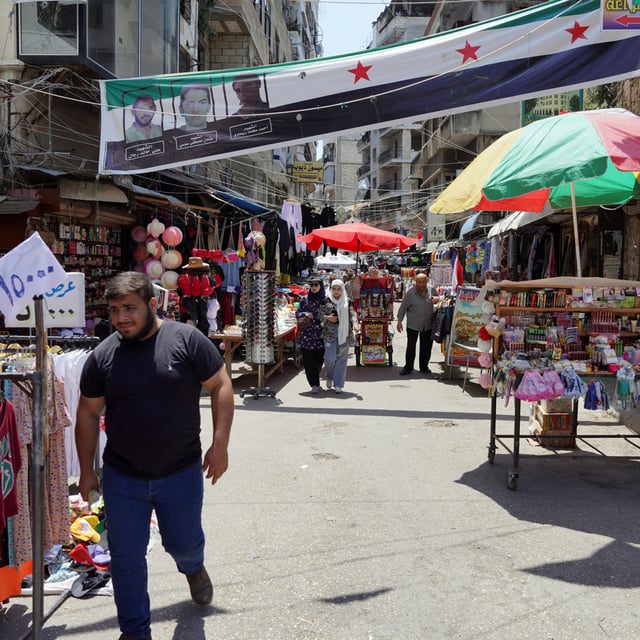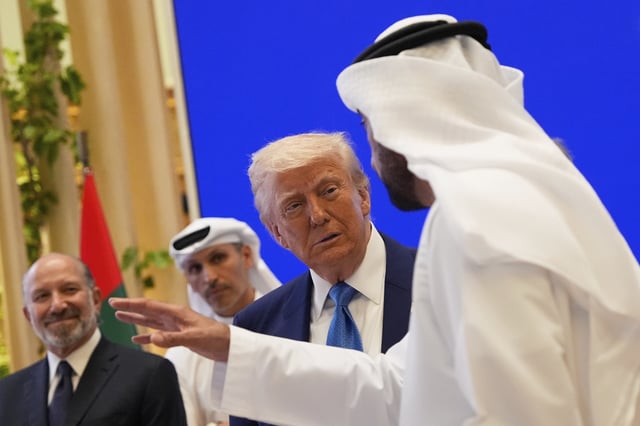Overview
- The US and European Union have lifted broad economic sanctions on Syria, marking a significant shift in Western policy following the ouster of Bashar al-Assad in late 2024.
- Syrian business leaders express optimism, citing the reopening of banking channels and potential access to global markets as transformative for the economy.
- Major infrastructure investments have been announced, including an $800 million deal by UAE’s DP World for the port of Tartus and a $260 million agreement by France’s CMA CGM for Latakia.
- UN officials warn of persistent risks, including sectarian tensions, deep poverty, and the potential resurgence of militant groups, which could derail recovery efforts.
- Reconstruction costs are estimated to exceed $400 billion, and international donors emphasize the need for governance reforms, inclusivity, and transparency to sustain progress.



